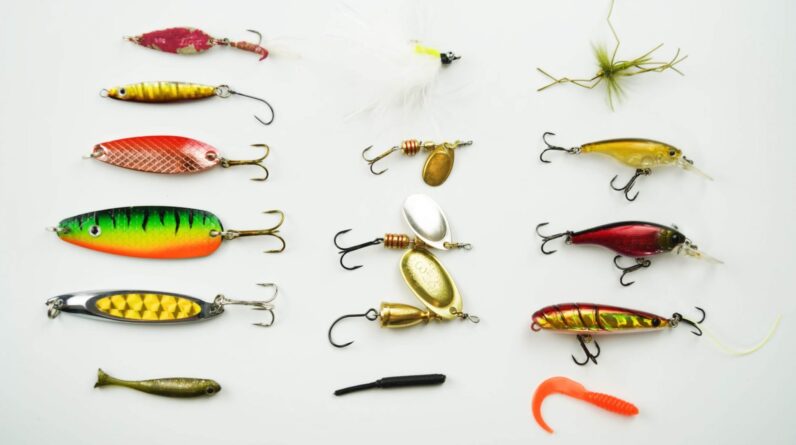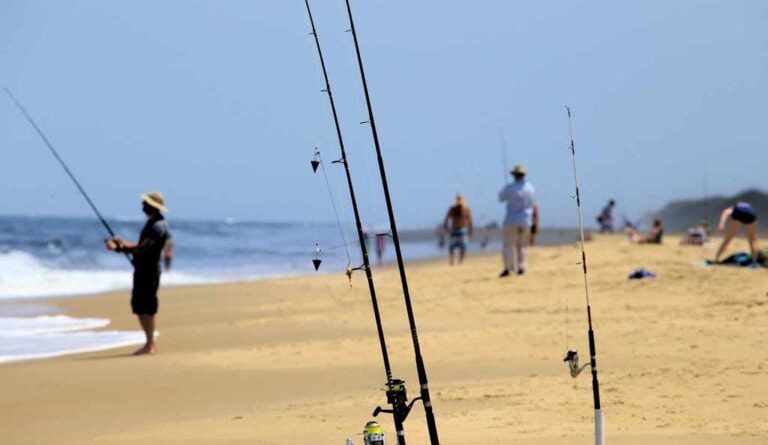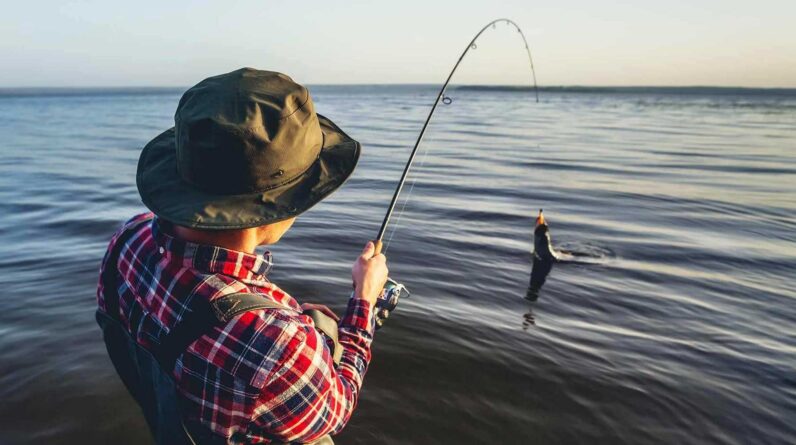The solution to good fishing, regardless of experience level, is to become proficient in the technique of knot tying. Your skill to tie strong, dependable knots can mean the difference between catching that monster fish and fleeing with your expensive bait. We’ll go over the specifics of tying a fisherman’s knot in this extensive guide, including the fishing equipment, procedures, and best practices to make sure your knots hold up under strain.
Understanding the Basics
1. How to Tie Fishing String:
- Choosing the Right Fishing String:
Choosing the right fishing string for your intended species is essential before you begin knotting. Learn about the various kinds of fishing lines and their properties, such as braided, fluorocarbon, and monofilament lines.
2. How to Tie Fishing Line:
- Selecting the Right Knot for the Job:
Different situations when fishing call for different knots. Examine the assortment of knots appropriate for joining lines, fastening lures, and tying off hooks. Recognize the advantages and disadvantages of each knot so that you can choose the best option for your fishing needs.
3. How to Tie a Fish Knot:
- Step-by-Step Guide:
Explore how to tie a fisherman’s knot step-by-step. To establish a strong and dependable connection between your fishing line and terminal tackle, read this comprehensive instruction, which covers everything from building a stable foundation to wrapping and cinching the knot.
4. Best Fishing Knot Tool:
- Tools of the Trade:
Examine the variety of fishing knot tools that are accessible to fishermen. Find the solutions that suit your tastes and improve your knotting efficiency, ranging from classic knotting equipment to cutting-edge devices made for user-friendliness.
5. Best Hook Knot:
- Ensuring Hook Security:
To avoid the heartache of losing a valuable catch, the knot you employ to connect your hook is essential. Explore the top hook knots, taking into account elements like knot strength, ease of use, and compatibility with various hook types.
Advanced Techniques
1. Double Uni Knot:
- Versatile and Strong:
Discover the many uses for the Double Uni Knot, which is a dependable method of linking various lines, particularly braided lines to monofilament. Discover the special techniques needed to tie this knot well.
2. Palomar Knot:
- Simplicity and Strength:
Learn the Palomar Knot, which is renowned for its strength and ease of use. Many fishermen always use this knot since it’s perfect for fastening hooks and terminal tackle.
3. Improved Clinch Knot:
- Secure and Swift:
Learn how to tie the Improved Clinch Knot, which is a common method for securing hooks and lures to monofilament or fluorocarbon lines. Examine the improvements that have made this knot a better rendition of the traditional clinch knot.
Tips for Success
1. Practice Makes Perfect:
- Knot-Tying Drills:
Improve your ability to tie knots by practicing frequently. Practice knotting at home to develop muscle memory and improve your performance in the water.
2. Understanding Knot Strength:
- Testing and Confidence:
Before you go fishing, make sure your knots are strong enough. Being aware of the breaking point of your knots gives you confidence and guarantees that you’re ready to take on strong fish.
Visit CheerfulFisherman.com
For an expertly chosen assortment of high-quality fishing lines, equipment, and accessories, visit CheerfulFisherman.com as you set out to become an expert knotter. Examine a selection of knot-tying gadgets made to make the task easier and improve your fishing. The site offers helpful tools to help you become a better knotter, including video lessons and professional advice.
Conclusion
Successful fishing requires the ability to tie a fisherman’s knot, which is more than just a talent. The strength and dependability of your knots have a direct effect on your success when fishing, whether you’re tying off lines, fastening hooks, or fastening lures. You can become an expert knot-tier by acquiring the necessary skills, equipment, and practice, guaranteeing that every fishing trip is filled with safe connections and noteworthy catches.






